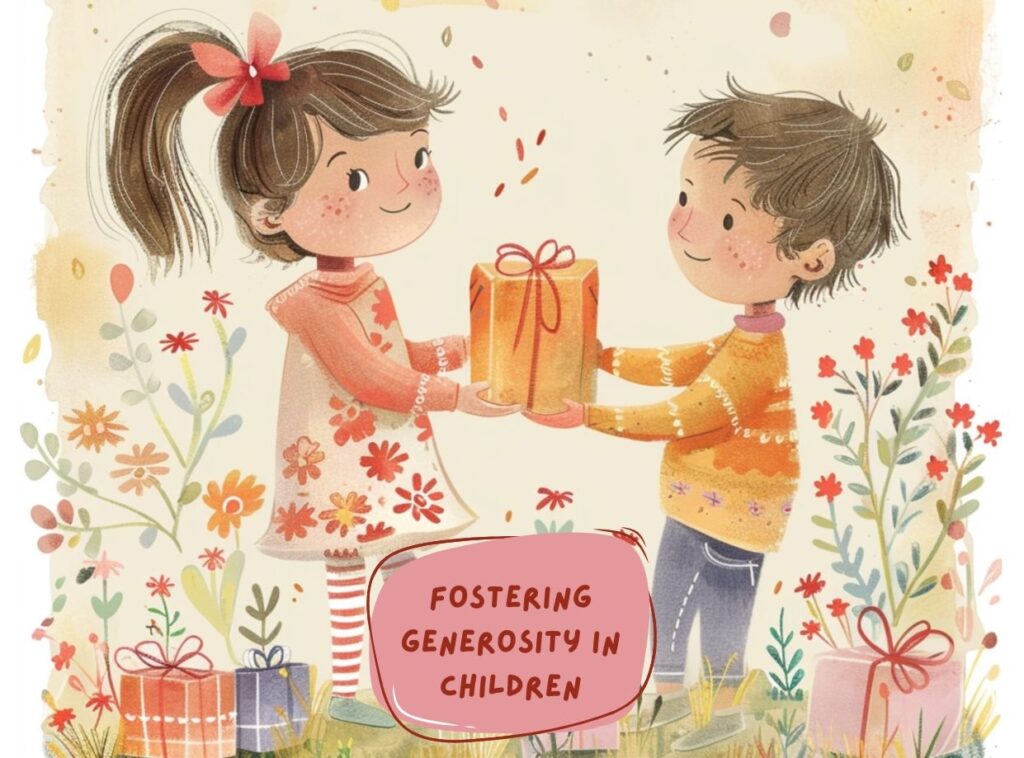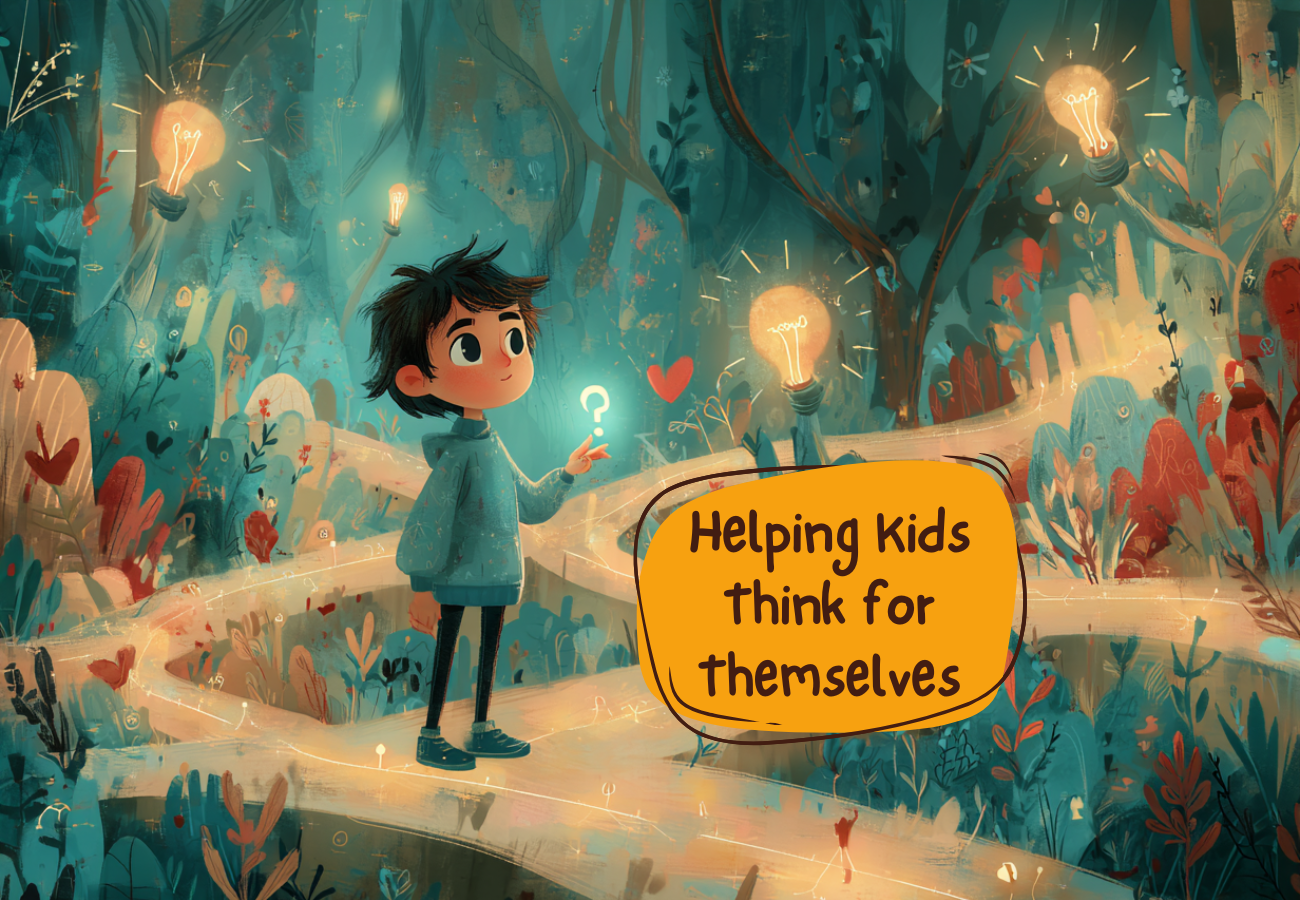Fostering Generosity in Children: A Comprehensive Guide to Meaningful Lessons with Examples

Teaching children the virtue of generosity is a lifelong gift that empowers them to become compassionate, empathetic individuals. This comprehensive guide delves into how parents and educators can instill generosity in children through modeling, communication, and engaging activities. From generosity examples to practical ways of teaching generosity, we explore the 10 essential strategies to help nurture a generous spirit in the young hearts of our children. Mind that generosity is one of the crucial values to instill in your kids by age 10.
- Leading by Example: The Cornerstone of Generosity Education
Children are keen observers, and they learn best by imitating the behavior of their role models. Whether you’re a parent or an educator, demonstrating acts of generosity through your deeds is paramount. Share personal generosity examples, narrate stories of your experiences, and make generosity a visible part of your everyday life.
Example. Imagine you’re a teacher who notices a student struggling with a difficult assignment. Instead of simply instructing the class, you sit with the student and offer guidance for a few minutes. By demonstrating this generosity, you provide academic support and teach the importance of helping others in need.
- Encouraging Sharing and Collaboration: Building a Sense of Community
Foster cooperation by encouraging children to share their belongings with peers. Organize collaborative activities emphasizing teamwork, reinforcing that collective efforts lead to positive outcomes for everyone involved. These experiences build a sense of community and interconnectedness.
Example. During a playdate, encourage children to share their toys with their friends. Model this behavior by sharing a personal item with another adult. This reciprocal sharing sets the stage for cooperative play and demonstrates that generosity creates a positive and inclusive environment for everyone.
- Teaching Gratitude: The Reciprocal Nature of Generosity
Gratitude and generosity go hand in hand. Teach children to express thanks for big and small gestures, instilling an understanding of the reciprocal nature of generosity and gratitude. Engage them in writing thank-you notes or creating handmade cards to convey appreciation, fostering an attitude of gratitude from an early age.
Example. When a child receives a birthday gift, guide them in expressing gratitude. Encourage them to articulate why they appreciate the gift and help them create a thank-you note. This teaches the importance of acknowledging generosity and reinforces the reciprocal relationship between giving and receiving.
- Engaging in Charitable Acts: Making a Difference Together
Involve children in age-appropriate charitable activities that go beyond theoretical understanding. Participating in volunteering, donation drives, or fundraisers provides tangible experiences, allowing children to witness the impact of their generosity on others’ lives.
Example. Organize a community cleanup day where children actively clean up a local park. This hands-on charitable act benefits the community and allows children to witness the immediate impact of their efforts, fostering a sense of responsibility and connection to the well-being of others.
- Establishing Giving Rituals: Generosity as a Family Tradition
Create family or classroom traditions centered around giving back. Encourage children to donate a portion of their allowance to a chosen charity, participate in seasonal giving campaigns, or volunteer together during holidays. Consistent rituals make generosity an integral part of a child’s value system.
Example. As a family tradition, designate a monthly day for a “giving challenge.” Each family member selects an act of kindness to perform, such as helping a neighbor, donating clothes, or volunteering at a local shelter. This regular practice turns generosity into a shared experience, reinforcing its importance within the family.
- Promoting Empathy Through Storytelling: Connecting Hearts with Narratives
Stories have a unique power to convey important values. Share age-appropriate stories that highlight empathy and generosity. Discuss characters’ actions and consequences, creating an emotional connection that helps children internalize the importance of generosity.
Example. Share a story about a character who goes out of their way to help a friend in need. After reading the story, engage children in a discussion about how the character’s actions made them feel and how they can apply similar principles. This narrative approach helps children connect emotionally to the concept of generosity.
- Setting Expectations and Reinforcing Positive Behavior: Clear Communication Matters
Establish clear expectations regarding generosity and kindness. Encourage children to articulate their understanding of these values, fostering open communication. Reinforce positive behavior by acknowledging and praising acts of generosity, creating a positive environment that reinforces the importance of these values.
Example. In the classroom, establish a “Generosity Jar” where students can place notes recognizing each other’s acts of kindness. Regularly discuss these notes as a class, highlighting positive examples of generosity. This practice reinforces the expectations of kindness and generosity while creating a supportive and encouraging learning environment.
- Providing Opportunities for Decision-Making: Empowering Through Autonomy
Allow children to make decisions about sharing, helping others, or participating in charitable activities. Providing autonomy helps them develop a sense of responsibility and ownership in practicing generosity, building confidence in their ability to make a positive impact.
Example. Give children the responsibility of choosing a community service project for the class. Allow them to research and present different options, fostering a sense of ownership and decision-making. This autonomy not only empowers them but also instills a lifelong understanding of the impact of their choices on others
- Cultivating Generosity Through Appreciation Projects
Encourage children to embark on appreciation projects where they create thoughtful tokens of kindness for others. This could include making “gratitude jars” filled with uplifting notes, creating artwork or crafts for classmates or neighbors, or even organizing a surprise appreciation day for someone they care about. These projects teach the joy of giving and emphasize the impact of small, meaningful gestures on building connections and spreading positivity.
Example. Have children create a “Kindness Calendar” where they plan and execute daily acts of generosity throughout the month. This could range from helping a friend with homework to leaving anonymous notes of encouragement. Planning and reflecting on their actions enhances their understanding of how generosity can be expressed.
- Incorporating Generosity into Everyday Decision-Making
Teach children that generosity is not limited to specific occasions but can be woven into their daily lives through intentional decision-making. Encourage them to consider the impact of their choices on others and think about how they can be generous with their time, resources, or actions in various situations.
Example. When faced with a decision about spending their free time, ask children to consider two options: one that benefits only themselves and another that includes an element of generosity or kindness towards others. This could involve playing with a younger sibling, helping a neighbor with a task, or volunteering for a community project.
In order to motivate kids to do at least one good deed a day, you could introduce them to kindness adventure calendar.
By integrating these additional points and examples into the guide, parents and educators can provide a more comprehensive approach to teaching generosity, empowering children to understand and actively practice the concept in their daily lives.
Nurturing Generosity as a Lifelong Skill
In conclusion, fostering generosity in children involves a holistic approach that integrates modeling, communication, and hands-on experiences. From generosity activities and examples to practical ways of teaching generosity, these strategies contribute to the development of compassionate, empathetic individuals.
By embracing these principles, parents, and educators play a pivotal role in nurturing a generous spirit that will positively influence children throughout their lives. As we explore the various facets of generosity education, let us collectively sow the seeds of kindness and empathy, ensuring a brighter, more compassionate future for future generations.
More articles

Helping Kids Think for Themselves — Gently and Without Pressure
Independent thinking is the ability to look at a situation, ask questions, form opinions, and make choices with confidence. Kids who think for themselves tend to feel steadier in their daily lives. They trust their thoughts and can speak up even if others see things differently. Parents and teachers often want this skill for kids, […]

The Impact of Color and Texture on Children’s Emotions, Behavior, and Learning
Children don’t just see their environment — they absorb it. Every color, every texture, and every visual detail around them quietly shapes the way they focus, relax, behave, and even understand their own emotions. While adults often adapt to a space automatically, children respond to it instantly and instinctively. That’s why creating a supportive environment […]

What Is Preschool and Why It Matters for Early Development
Choosing the right preschool is one of the most critical decisions parents make in shaping their child’s early development. In today’s evidence-based educational climate, early childhood education is recognized not merely as preparatory schooling, but as a scientifically validated foundation for cognitive, emotional, and social growth. High-quality programs such as Little Scholars NYC, an established […]



